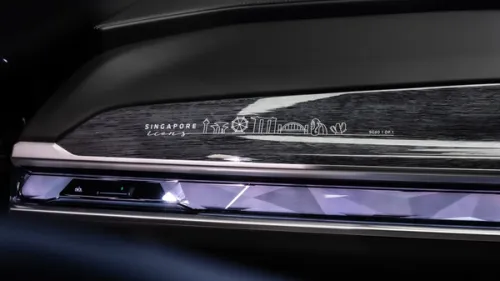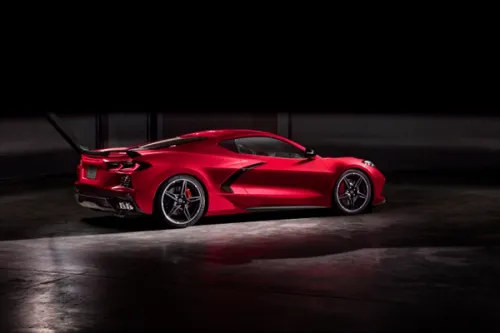F1 Composite Chassis For Ferrari Cars
Ferrari has chosen Paris to debut the new composite chassis derived directly from Formula 1 technologies.


Ferrari continues to invest heavily in innovation and is planning to launch the first hybrid model in its history in the near future. Having already revealed the power unit’s architecture and components, Ferrari has chosen Paris to debut the new composite chassis derived directly from Formula 1 technologies.
Ferrari drew on its vast experience in working with composites for single-seaters for its new hybrid model which will be produced in a limited-edition, special series. For this model Ferrari chose not to use the industrial carbon-fibre manufacturing techniques, such as RTM (Resin Transfer Moulding), normally adopted in the automotive sector, as they did not meet the quality and functional standards Ferrari set itself.
The materials, design methodologies, construction processes, staff, and instruments used are all shared with the Scuderia Ferrari, with the formation of a working group which relied on an important contribution from Rory Byrne, Ferrari’s F1 chief designer who was behind 11 of the team’s Championship titles.
The chassis uses four different types of carbon-fibre and is hand-laminated then cured in autoclaves following engineering processes which optimise the design by integrating the different components.
The main structure is made from T800 carbon with local, strategic applications of T800UD, a unidirectional carbon-fibre tape, for reinforcement. To ensure weight was kept to an absolute minimum, the structural underbody and the cross-member are made from another type of particularly high tensile strength carbon-fibre known as M46J. In certain critical areas, such as the doors, very tough T1000 was adopted as it is particularly efficient in terms of impact absorption which is why it is used in the nose-cone of the single-seaters. Carbon-fibre is combined with Kevlar® for the undertray to prevent damage from debris thrown up from the road.
The overall chassis is 20 per cent lighter than the Enzo Ferrari, despite the extra weight required by housing the hybrid components and to meet regulatory obligations. Torsional rigidity is increased by 27 per cent and beam stiffness is up by 22 per cent.
Credits: wilswong


Get the Best Price for your used car
from 500+ dealers in 24 hours

- Convenient and Hassle-Free
- Consumer Protection
Transparent Process
With No Obligation








